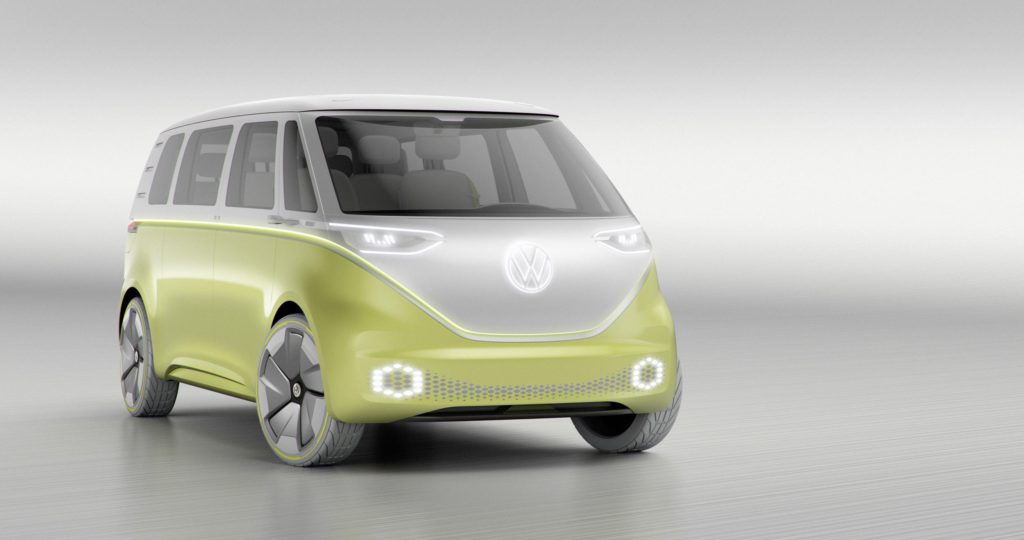Conflicting reports on the carbon footprint of EVs
26 April 2019

26 April 2019
Volkswagen Group (VW) has highlighted that the carbon footprint of electric vehicles (EVs) is already better than those with internal combustion engines (ICE).
Additionally, EVs offer a higher CO2-saving potential in all phases of the product cycle, the company has found. Furthermore, it is of crucial importance for CO2 emissions whether the propulsion energy is generated from fossil or regenerative sources. This is the result of a certified life cycle assessment (LCA) of the Volkswagen Golf, which compares the CO2 emissions of the different vehicle versions with either an electric or an internal combustion engine.
In a new study, the carmaker suggests that in the vehicle with an internal combustion engine most of the emissions occur during the use phase, that is, in the supply chain of the fossil fuel and the combustion. Here, the Diesel reaches 111 g CO2/km. A corresponding vehicle with electric drive emits only 62 g CO2/km during this phase, which results from energy generation and supply. During the use phase, CO2 emissions depend on the sources of energy production. They decrease all the more; the more regenerative energies are available.
In contrast, a battery-powered electric vehicle generates more emissions in the production phase. According to the LCA, the Diesel generates 29g CO2/km while a comparable EV generates 57g CO2/km. The battery production and the complex extraction of raw materials are responsible for this. These emissions account for almost half of the CO2 emissions of the entire life cycle.
Reductions planned
With its first ID electric model planned for 2020, VW believes that Improvements in lithium-ion battery technology and supply chain optimisations will lower the carbon footprint during battery manufacturing by more than 25% per kilowatt hour (kWh) of battery capacity compared with the current e-Golf. When using regenerative energy, the reduction potential is almost 50%.
By far the greatest potential for reducing CO2 emissions arises from the source of energy applied during the use phase. If electricity for driving during the use phase is obtained exclusively from renewable sources, CO2 emissions of 62 g CO2/km in today’s EU electricity mix will drop to just 2 g CO2/km.
Conflicting views
However, Volkswagen’s findings are in contrast to a recent study suggesting that including CO2 emissions in battery production and the power mix in the carbon footprint of electric cars, they are more harmful than diesel vehicles.
According to physics professor Christoph Buchal, electric cars increase CO2 emissions in Germany rather than reduce them. As soon as the CO2 emissions in the production of the batteries and the German electricity mix are taken into account, the CO2 emissions of battery electric vehicles are, in the best case, slightly higher than those of a diesel engine, and are otherwise much higher than published.
Lithium, cobalt and manganese for the batteries are recovered and processed with high-energy input. A battery for a Tesla Model 3, for example, pollutes the climate with 11 to 15 tons of CO2. With a battery life of ten years and a mileage of 15,000 kilometres per year, that alone would mean 73 to 98 grams of CO2 per kilometre, according to the findings.
Add to this the CO2 emissions of the electricity and, in reality, the Tesla has emissions between 156 and 181 grams of CO2 per kilometre – significantly more than a comparable diesel Mercedes.